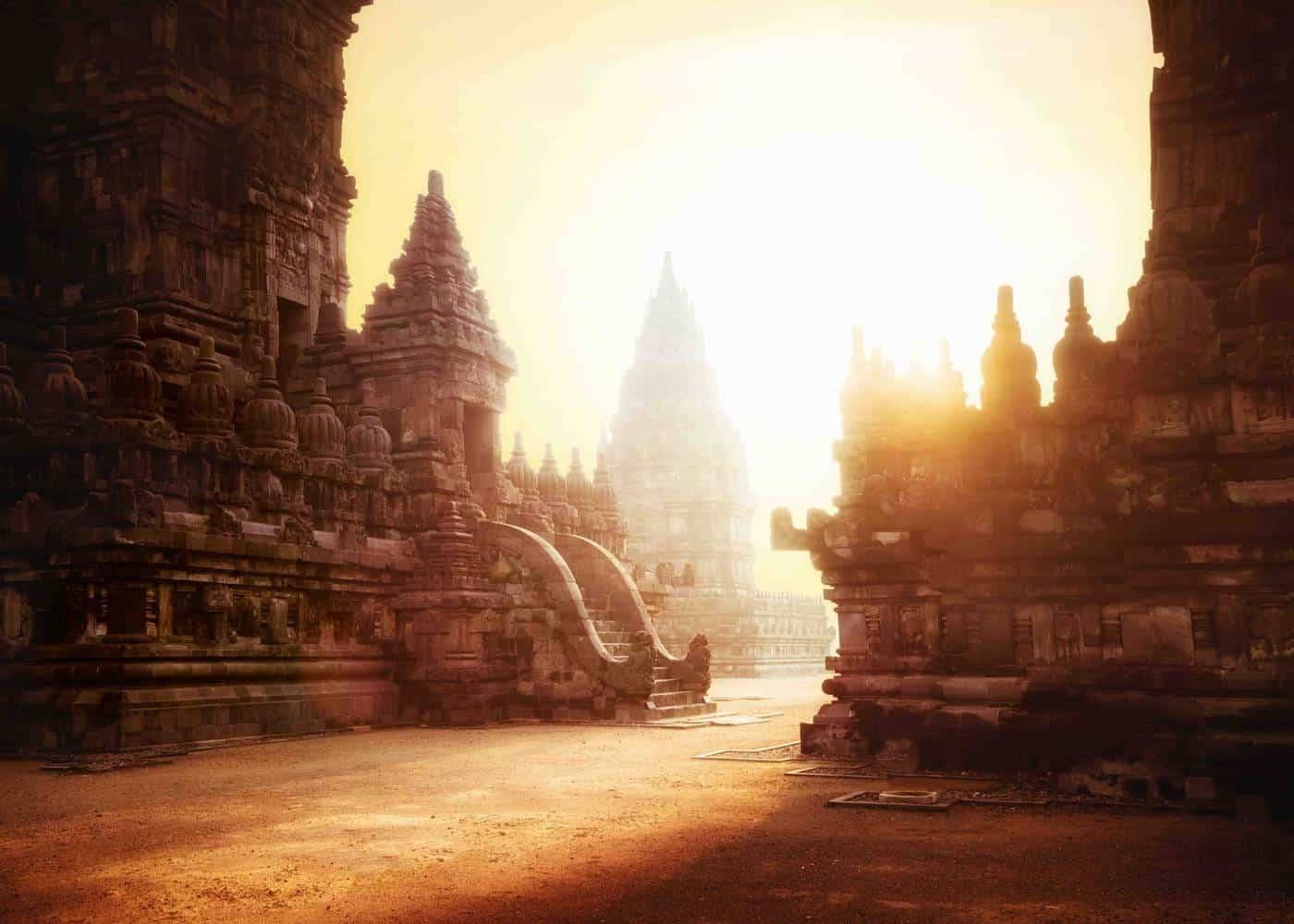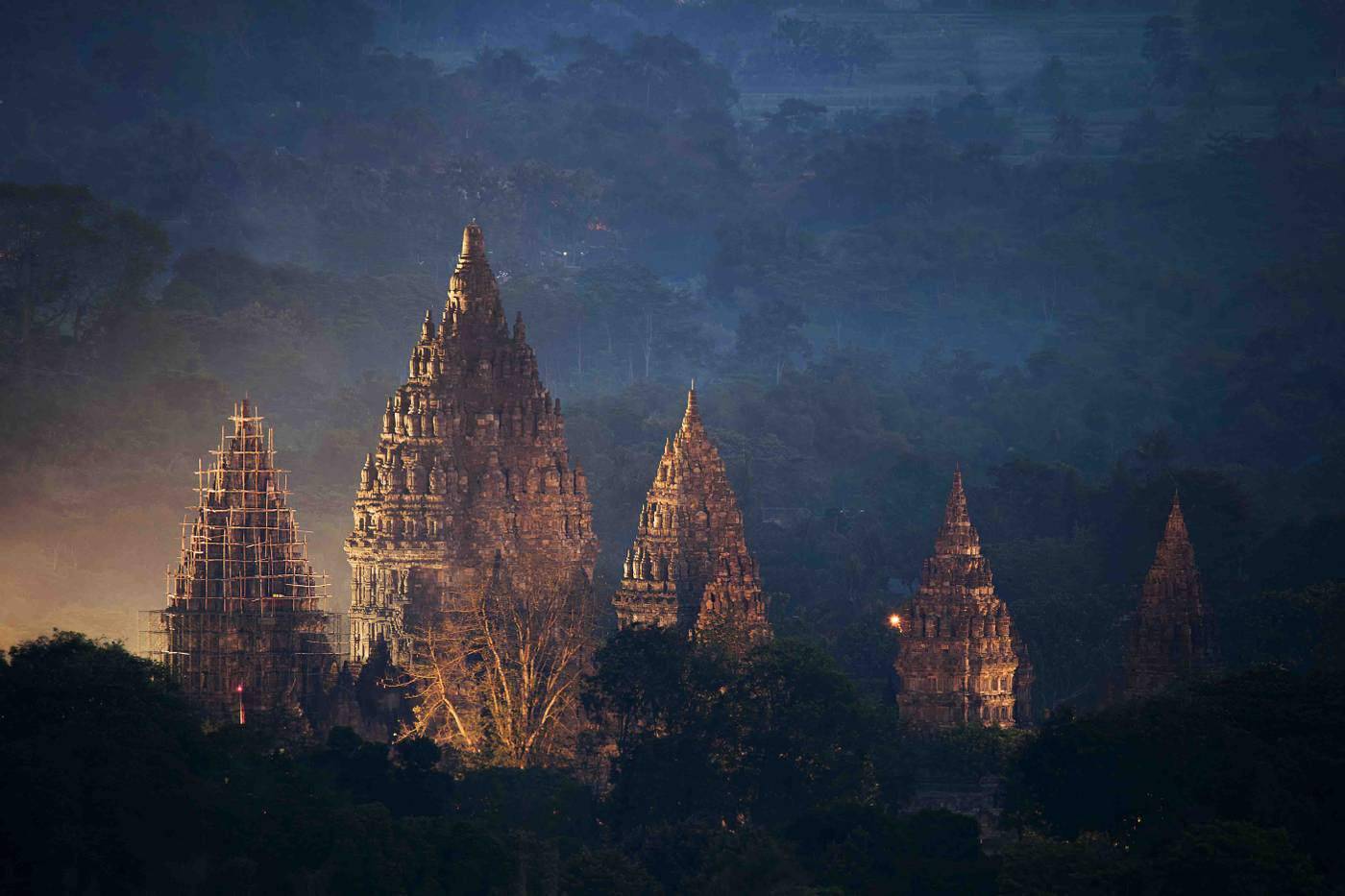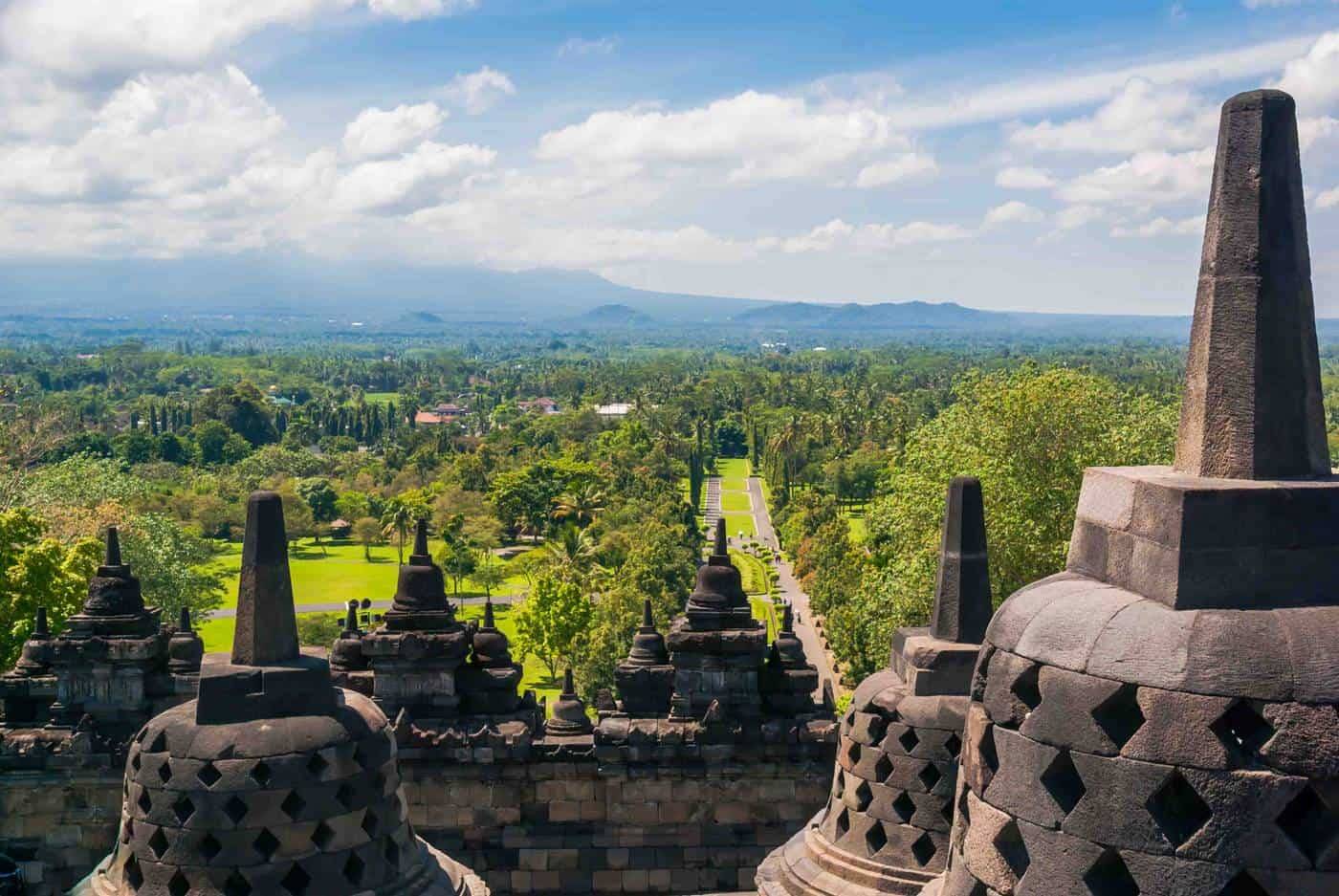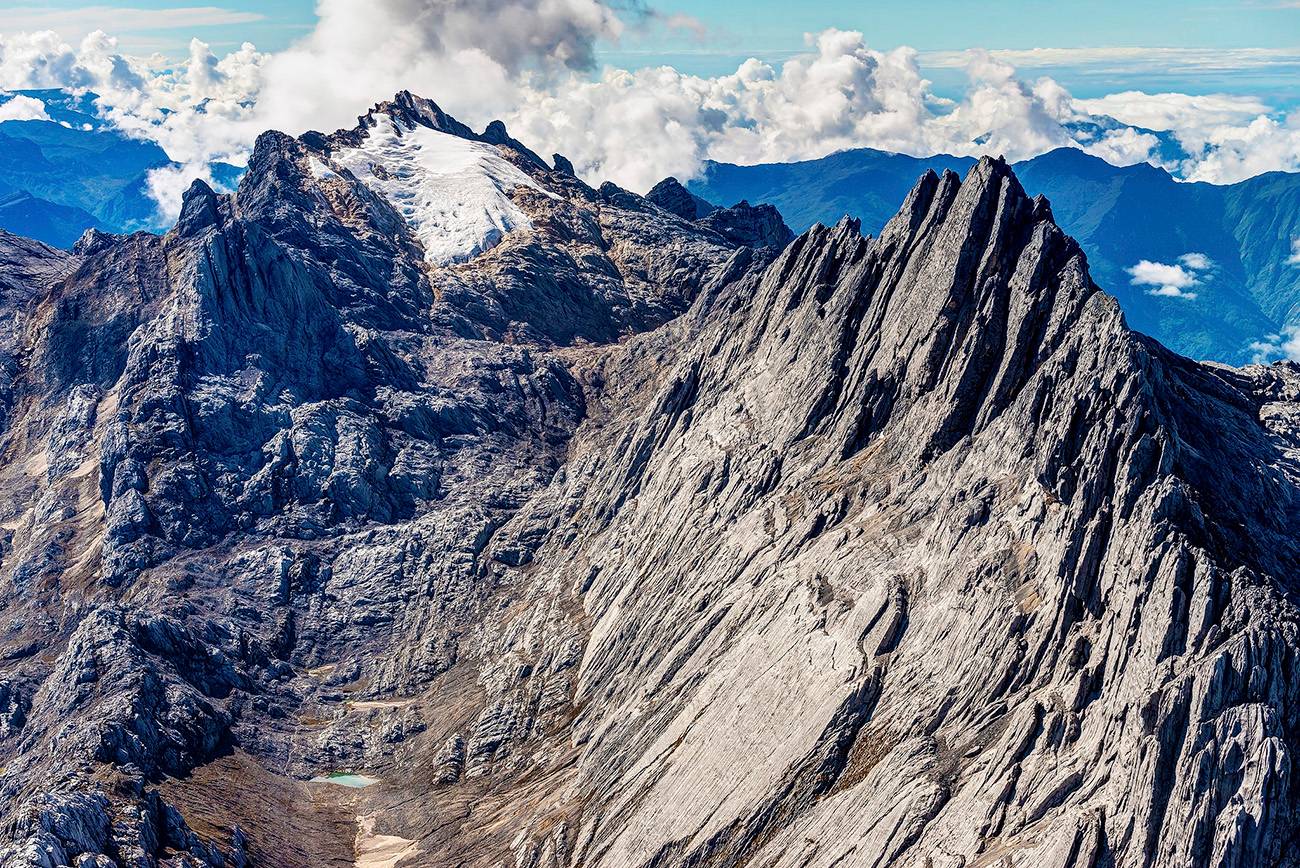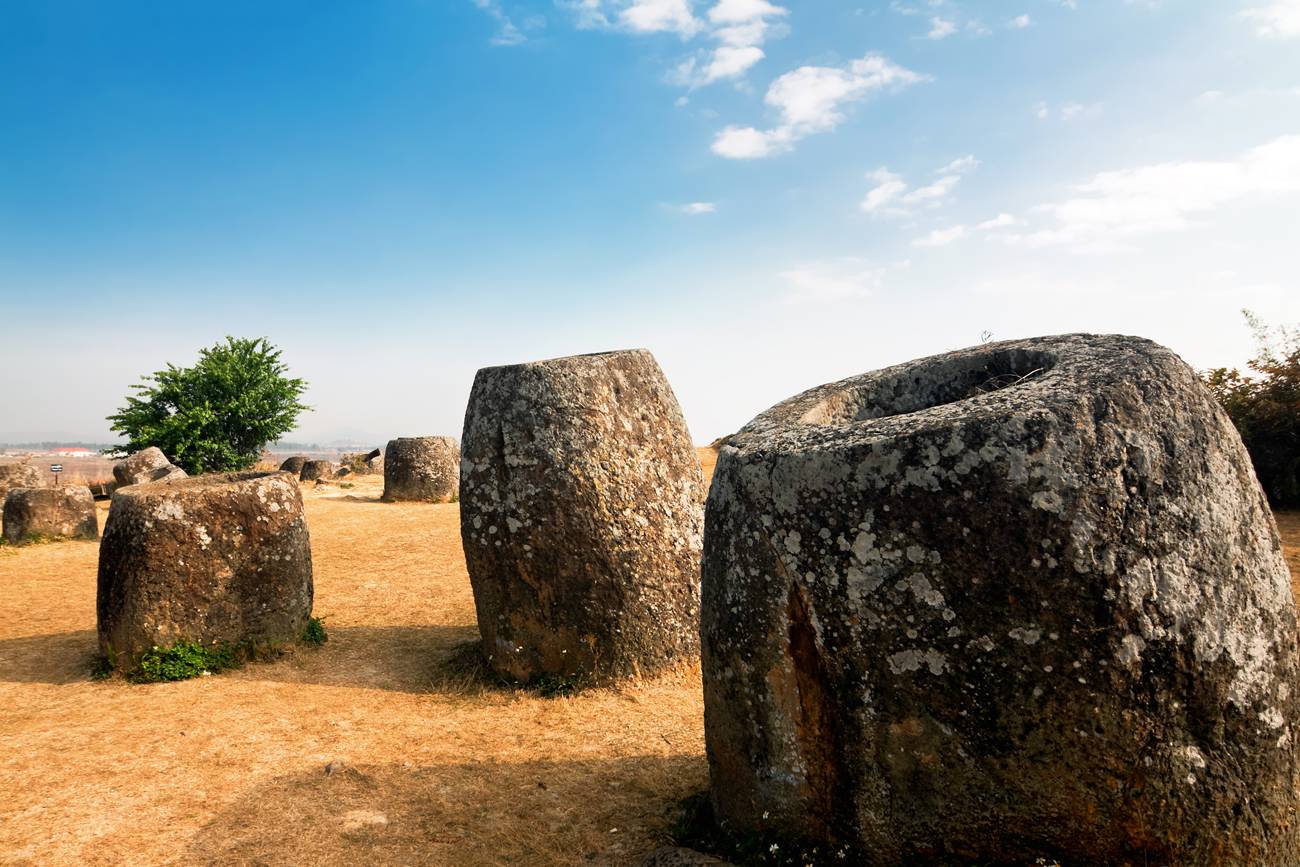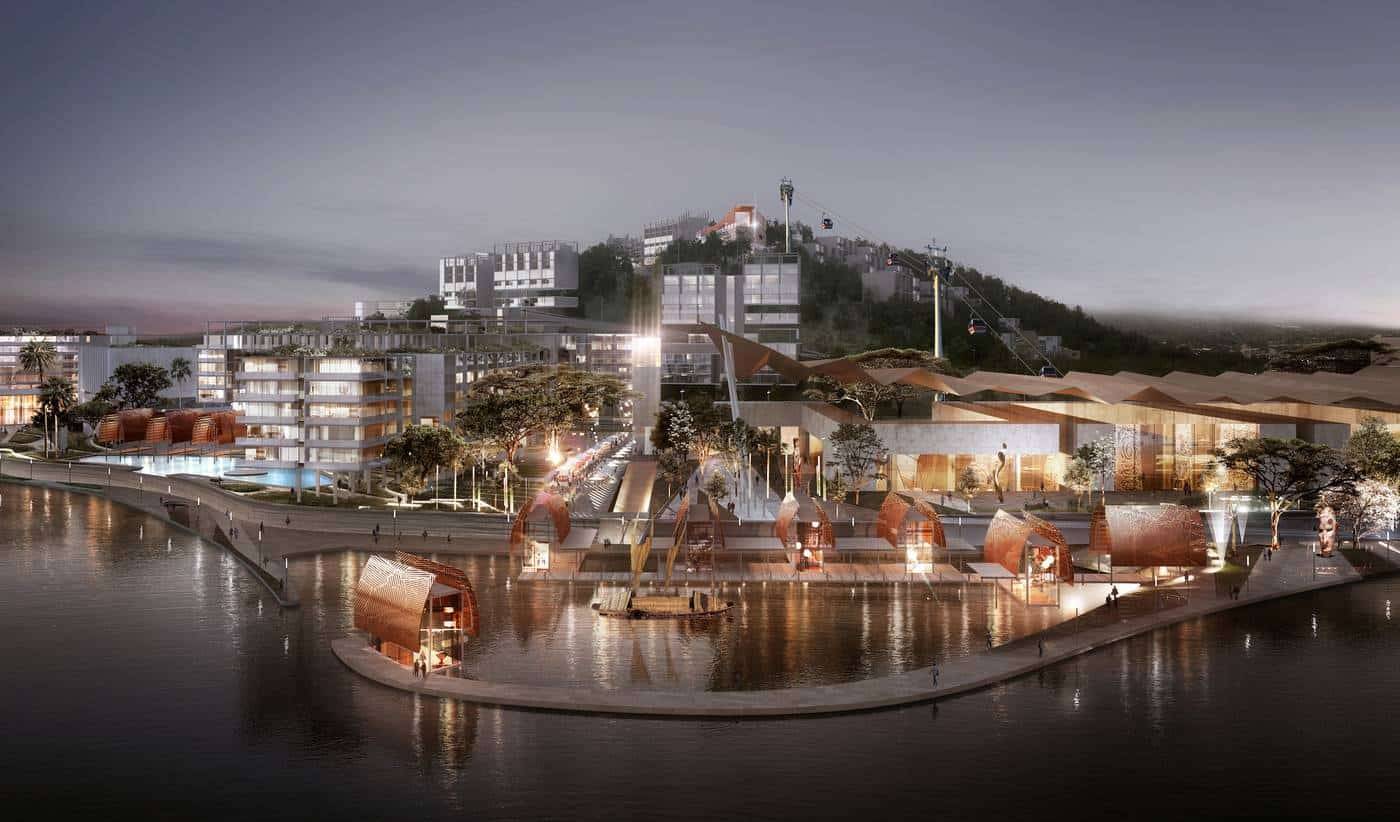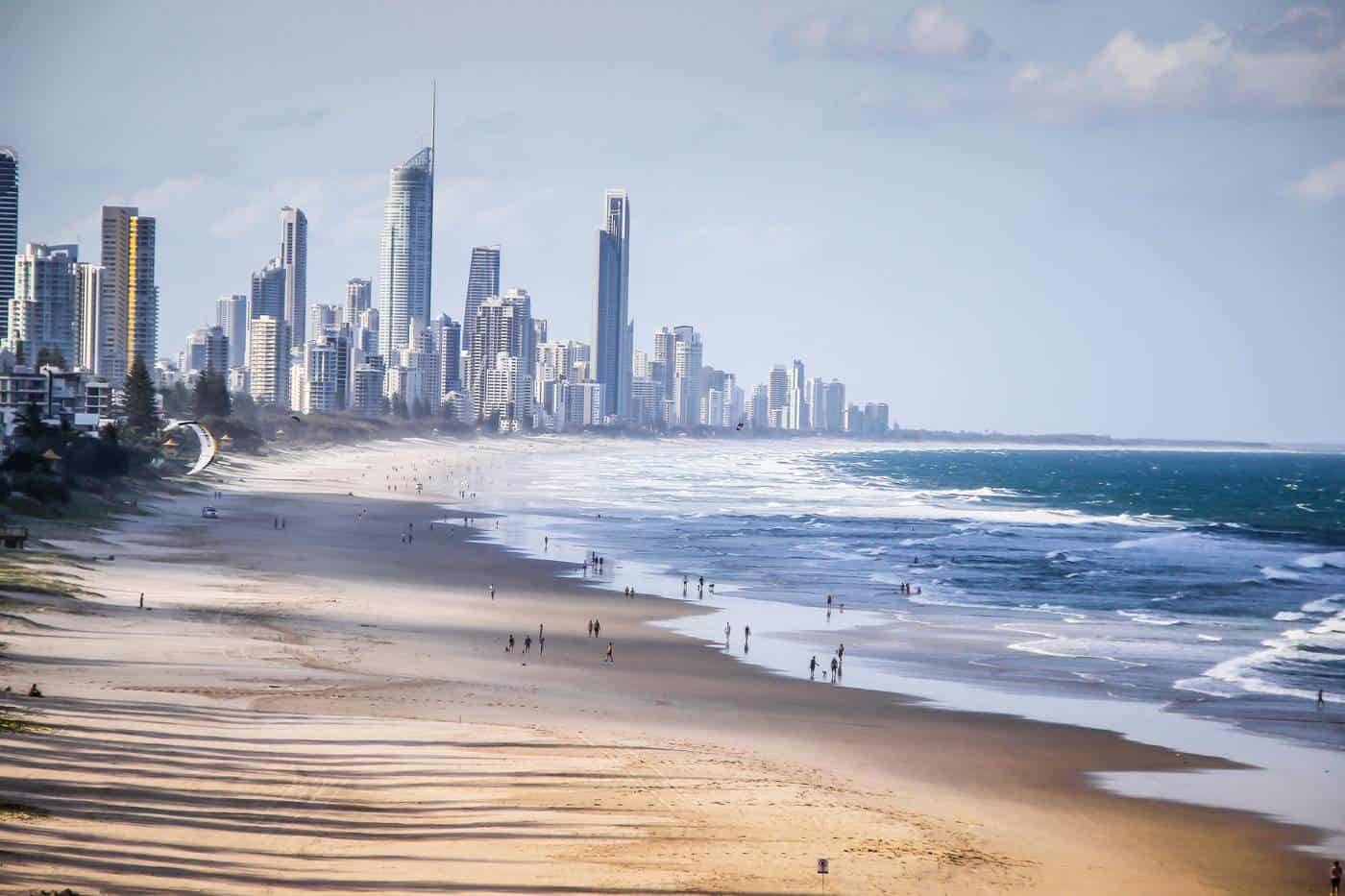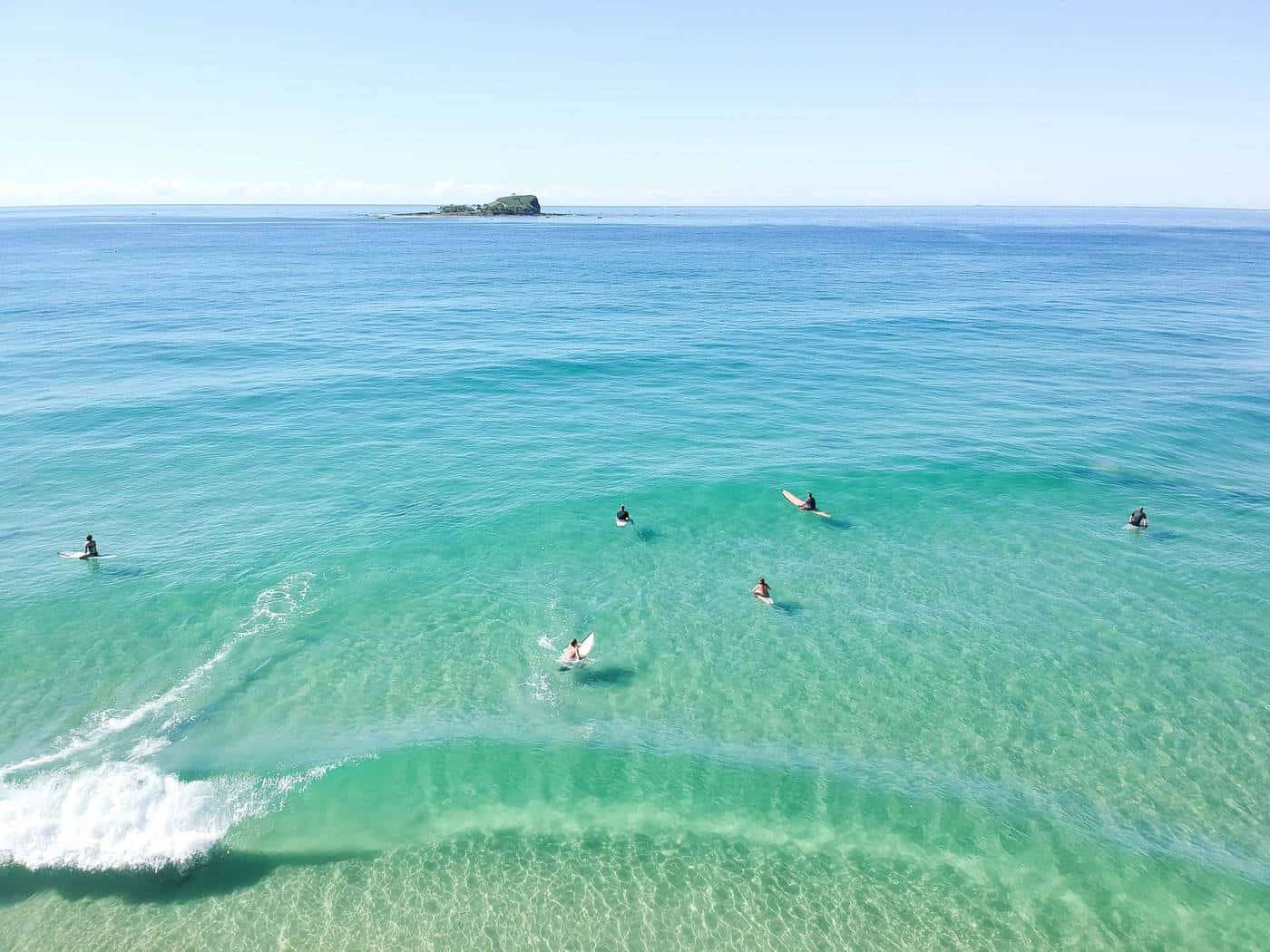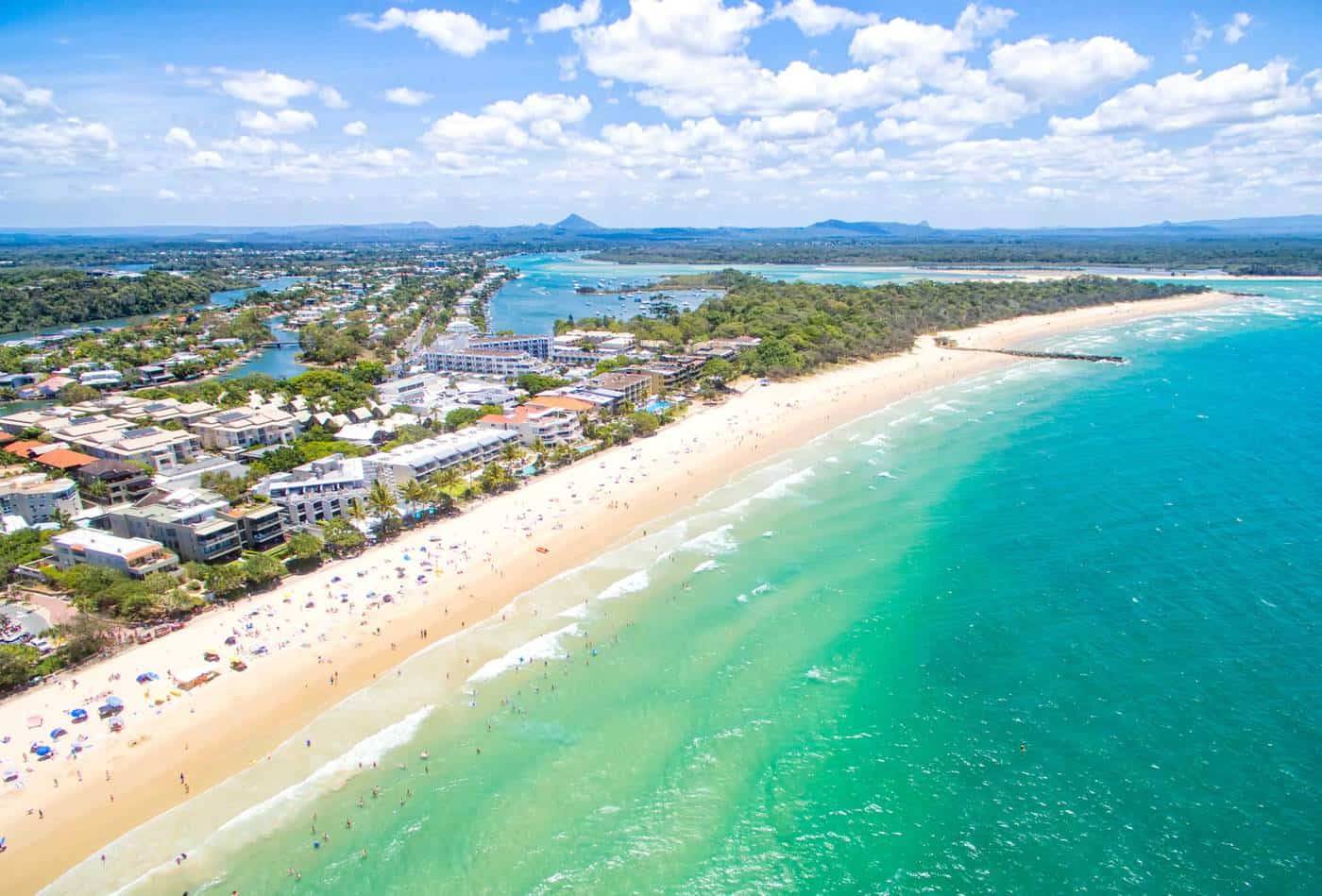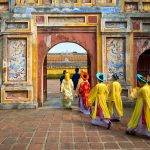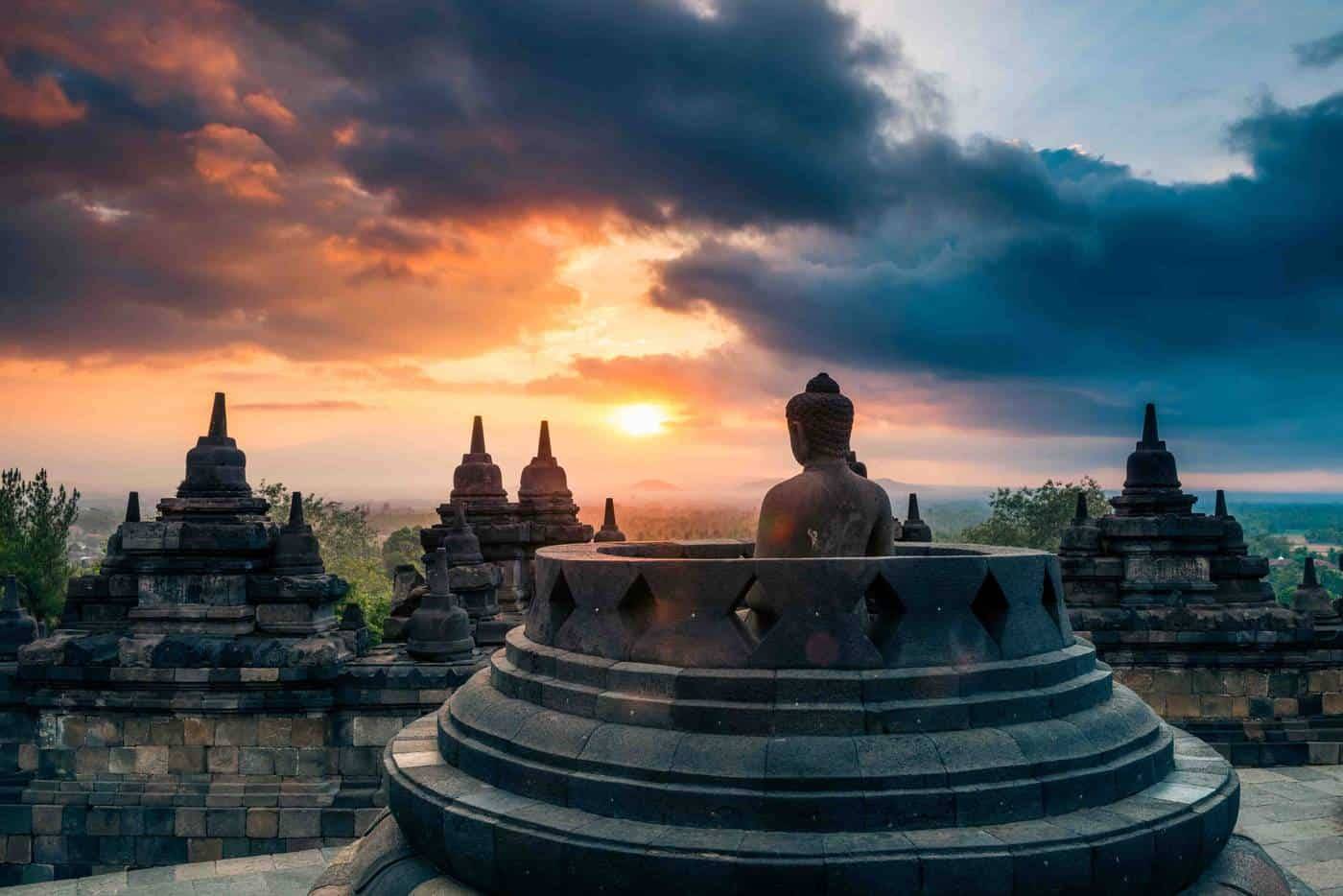
BOROBUDUR & PRAMBANAN (THE SACRED JEWELS OF JAVA)
Dated back to the 8th century, Borobudur Temple stands amid the Kedu Plain, and it is one of the greatest architectural monuments in the Asian continent. Also known as the Mahayana Buddhist Temple, this world`s largest Buddhist religious complex and a UNESCO World Heritage Site is a stepped pyramid made up of six rectangular stories, three circular terraces and a central stupa forming the summit, the structure forms a lotus – the sacred flower of Buddha.
WHERE IS BOROBUDUR
Set in idyllic surrounds of rice-terraced hills and four active volcanoes, Borobudur was built over a period of 80 years for the Sailendra Dynasty and finally completed in AD 825. The temple complex resembles a microcosm of the universe to provide a visual image of the teaching of Buddha, and show, in a practical matter, the steps through life that each person must follow to achieve enlightenment.
The ancient site stands at the heart of Central Java, not far from the historic city of Yogyakarta, and it is one of the icons of Indonesia. In fact, there are two temple complexes to be admired in the area: the Buddhist Borobudur & the Hindu Prambanan.
BOROBUDUR (THE BUDDHIST TEMPLE)
Visitors to this pilgrimage site would first have been led around the successive levels from the base with its friezes illustrating the consequences of living in a world of desire, then up through five levels showing how to conquer desire and attachment.
The square section of the temple`s right-angled part gives way to the round-unadorned summit where meditating Buddhas and saints sit supreme peace contemplating a view of exquisite beauty. In the centre, a bell-shaped tower (stupa), points to heaven, a realm beyond form and concept, known as Nirvana.
The walls and balustrades are decorated with low reliefs, covering a total surface area of 2,500 sq meters. Around the circular platforms are 72 openwork stupas, each of which contains a statue of Buddha.
PRAMBANAN (THE HINDU TEMPLE)
Similarly to the Cambodian Angkor Wat, Prambanan is truly a masterpiece of Hindu architecture. Built in the 9th century, just a little bit later than Borobudur, is as much as 50 km away, and if you are visiting Borobudur, you should definitely stop by. It is quite remarkable that these two religious sites are so different, yet just a few miles apart.
Prambanan was dedicated to the Trimurti, as the expression of God as Creator – Brahma, the Preserver – Vishnu and the Destroyer – Shiva.
The complex is the largest Hindu temple in Indonesia, and just like Borobudur, it was listed as a UNESCO Heritage Site. The central Shiva temple is 47 m high is backed up by other individual towering buildings.
Originally, there were 240 temples standing in Prambanan – 8 main temples encircled by the smaller pervara, vahana, apit temples and shrines. Today, the main temples were successfully reconstructed and well preserved.
DID YOU KNOW?
In 2006, Prambanan was damaged during the Yogyakarta earthquake, and in 2010, Borobudur was covered by ashes of Mount Merapi`s eruption, and in 2014 both temples were affected by the volcanic explosion of Mount Kelud. Surprisingly, the temples resisted and quickly were restored.
It is quite an extraordinary that Java has always been one of the most geologically active spots on Earth, with constant volcanic outbursts and severe earthquakes, and in spite of that, it features some of the most astonishing religious sites which have survived for millennia and seem to be indestructible.
DON`T MISS OUT
It is highly recommended to buy tickets for the celebrated Ramayana Ballet in Prambanan – there are regular open-air performances within the temple complex which provide insight into the Javanese culture, art and music. Besides, such a performance is a magnificent spectacle.
The show schedule can be found online (it does not run daily). Shows usually start around 8 pm, and tickets can be purchased on-site, online or organised at your hotel in Yogyakarta.
USEFUL TRAVEL TIPS
- Try to get to the temples at sunrise over the steaming Mt Merapi (4.30am/ $30USD) – an unforgettable experience but expect crowds
- Avoid travelling at the weekends and Indonesian public holidays (also note that during the daytime and wet season, between Dec and Feb, there will be fewer people visiting the temples)
- Buy a Combination Entrance Ticket (Borobudur-Prambanan) which costs as much as USD 32 – the ticket to the temples will give you the chance to move around the temples as many times as you wish, especially for the photographers it is a great deal since they can take pictures at different times of the day
- Dress modestly – it is a religious site, and a polite dress code is expected
- Bring a hat/umbrella and sun cream – it gets unbearably hot during the dry season (Jun-Sept) and very rainy between Dec and Feb
- Do not freak out when the local students will ask you to pose for a picture with them – it is almost a Javanese tradition! However, do not get caught in it. Otherwise, you will spend the whole day modelling and not get a chance to see the sites
HOW LONG TO STAY
Both temples can be explored in as much as one day and even though it will be an exhausting experience due to lots of walking, transportation and omnipresent hawkers it is worthwhile.
The perfect idea is to visit Yogyakarta first, stay there for a few days (the city is extraordinary) and at that occasion take a one day trip to the Borobudur (sunrise) and visit Prambanan later in the afternoon to make it just in time for the ballet performance at night (tickets must be booked ahead)
Tourists who do not have much spare time will want to take an organised one-day tour from Bali or Jakarta that seems a good option for holidaymakers. Such a tour is also to be arranged directly in Yogyakarta at any local travel agency.
Independent travellers can easily reach Borobudur/Prambanan by public bus from Jombor Bus Terminal in Yogyakarta (1-1.5 hr drive). There are also minivans available in Yogyakarta that are ideal for larger groups of travellers.
WHEN TO TRAVEL
The dry season generally goes from June till September which is also the peak season – temples get extremely crowded.
Between December and February, it rains abundantly and the chances of taking a good photograph decrease – however, it is more enjoyable to walk around as there will be not as many visitors.
Perhaps the middle season (Oct-Nov, March-May could be a good option, excluding weekends and the Indonesian public holidays when the locals often come)
HOW TO GET THERE
Fly to Jakarta/Java or Denpasar/Bali first (these international airports are well-connected to any Asian or Australian Airport). Then you will need to catch a domestic flight to either Yogyakarta or Solo.
For all international flights go to www.momondo.com or www.skyscanner.com
For all domestic Indonesian flights check out www.garuda-indonesia.com





